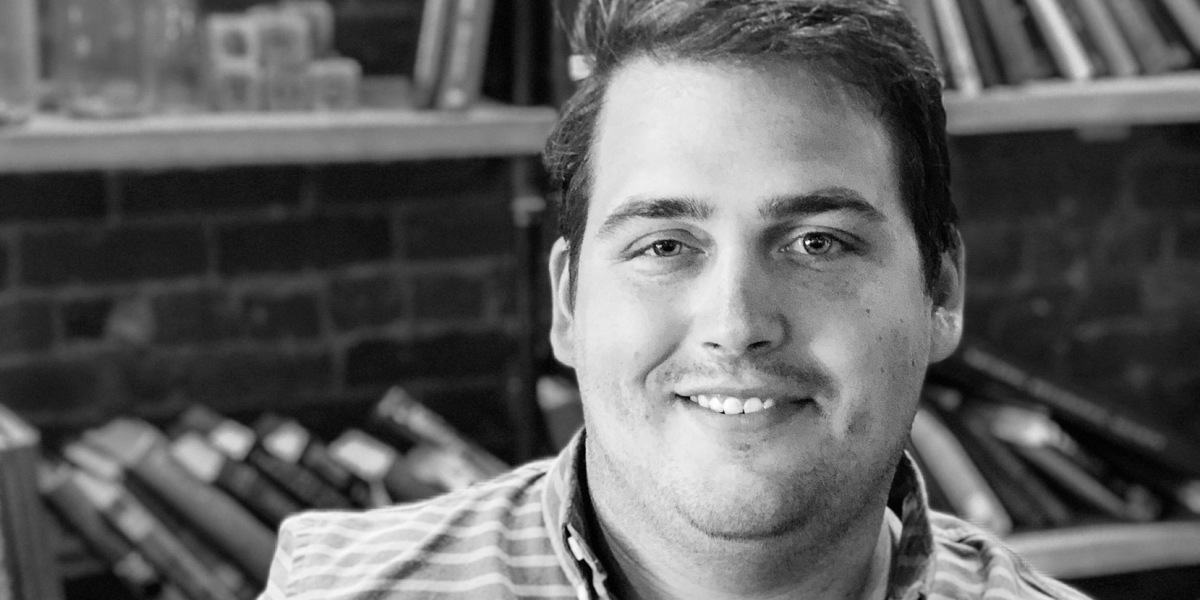
Burkhart’s device was implanted in his brain around nine years ago, a few years after he was left unable to move his limbs following a diving accident. He volunteered to trial the device, which enabled him to move his hand and fingers. But it had to be removed seven and a half years later.
His particular implant was a small set of 100 electrodes, carefully inserted into a part of the brain that helps control movement. It worked by recording brain activity and sending these recordings to a computer, where they were processed using an algorithm. This was connected to a sleeve of electrodes worn on the arm. The idea was to translate thoughts of movement into electrical signals that would trigger movement.
Burkhart was the first to receive the implant, in 2014; he was 24 years old. Once he had recovered from the surgery, he began a training program to learn how to use it. Three times a week for around a year and a half, he visited a lab where the implant could be connected to a computer via a cable leading out of his head.
“It worked really well,” says Burkhart. “We started off just being able to open and close my hand, but after some time we were able to do individual finger movements.” He was eventually able to combine movements and control his grip strength. He was even able to play Guitar Hero.
“There was a lot that I was able to do, which was exciting,” he says. “But it was also still limited.” Not only was he only able to use the device in the lab, but he could only perform lab-based tasks. “Any of the activities we would do would be simplified,” he says.
For example, he could pour a bottle out, but it was only a bottle of beads, because the researchers didn’t want liquids around the electrical equipment. “It was kind of a bummer it wasn’t changing everything in my life, because I had seen how beneficial it could be,” he says.
At any rate, the device worked so well that the team extended the trial. Burkhart was initially meant to have the implant in place for 12 to 18 months, he says. “But everything was really successful … so we were able to continue on for quite a while after that.” The trial was extended on an annual basis, and Burkhart continued to visit the lab twice a week.
